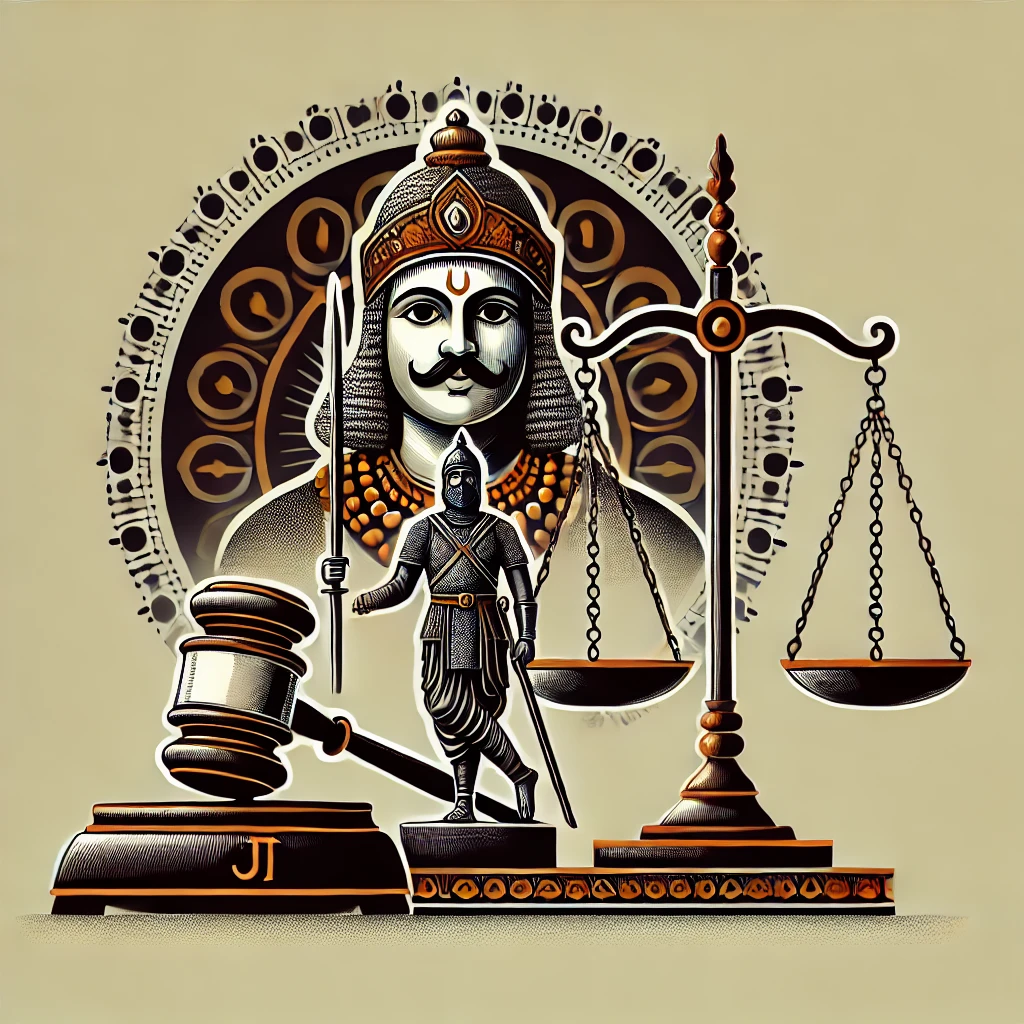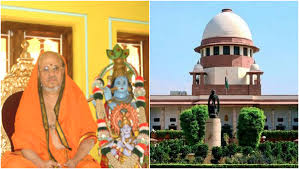L. Chandra Kumar vs Union of India and Others
- ByPravleen Kaur --
- 02 May 2025 --
- 0 Comments
I. Introduction
The judgment in the case of L. Chandra Kumar v. Union of India and Others, delivered on December 2, 1994, by a three-judge bench comprising Justices Kuldip Singh, B.L. Hansaria, and S.B. Majmudar, dealt with the constitutional validity of Section 5(6) of the Administrative Tribunals Act, 1985. However, the Court found that the matter raised broader issues concerning the composition, jurisdiction, power, and authority of tribunals constituted under Articles 324-A and 324-B of the Constitution. [Paragraph 1]
II. Referral to a Larger Bench
The Court decided to refer the matter to a larger bench for reconsideration, citing the following reasons:
Equating Tribunals with High Courts
The primary reason for a fresh look was the observations made in the S.P. Sampath Kumar v. Union of India case, where the tribunals were equated with High Courts. [Paragraph 2]
Jurisdiction to Adjudicate Constitutional Validity
The Court in J.B. Chopra v. Union of India, relying on Sampath Kumar's case, held that tribunals have the jurisdiction, power, and authority to adjudicate upon the constitutional validity of rules framed by the President under Article 309 and even Acts of Parliament and State Legislatures. [Paragraph 2]
Administrative Member's Power
Section 5(6) of the Act allows the Chairman to authorize a single Administrative Member to exercise the jurisdiction, powers, and authority of the Tribunal, raising concerns about the competence of an Administrative Member to decide on constitutional matters. [Paragraph 2]
Violation of Basic Structure
One of the larger issues raised was whether the power of judicial review held to be available to Administrative Tribunals, as per Sampath Kumar's case, violates the basic structure of the Constitution. [Paragraph 4]
III. Subsequent Decisions
The Court also referred to subsequent decisions that required reconsideration, including:
1. Amulya Chandra Kalita v. Union of India [Paragraph 3]
2. Dr. Mahabal Ram v. Indian Council of Agricultural Research [Paragraph 3]
3. Sakinala Harinath v. State of Andhra Pradesh (assailed in C.A. No. 169/1994, referred to a Constitution Bench) [Paragraph 4]
4. M.B. Majumdar v. Union of India [Paragraph 4]
5. State of Orissa v. Bhagwan Sarangi [Paragraph 4]
6. R.K. Jain v. Union of India [Paragraph 4]
IV. Conclusion
The Court concluded that the post-Sampath Kumar cases necessitated a fresh look by a larger bench over all the issues adjudicated in Sampath Kumar's case, including whether the Tribunal can have an Administrative Member on its bench if it were to have the power to decide the constitutional validity of a statute or rule under Article 309. [Paragraph 5]






























0 comments